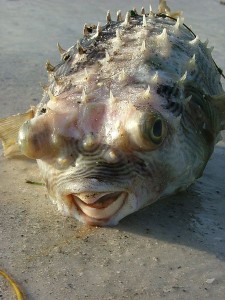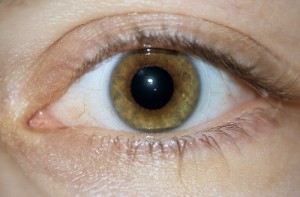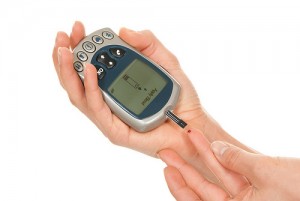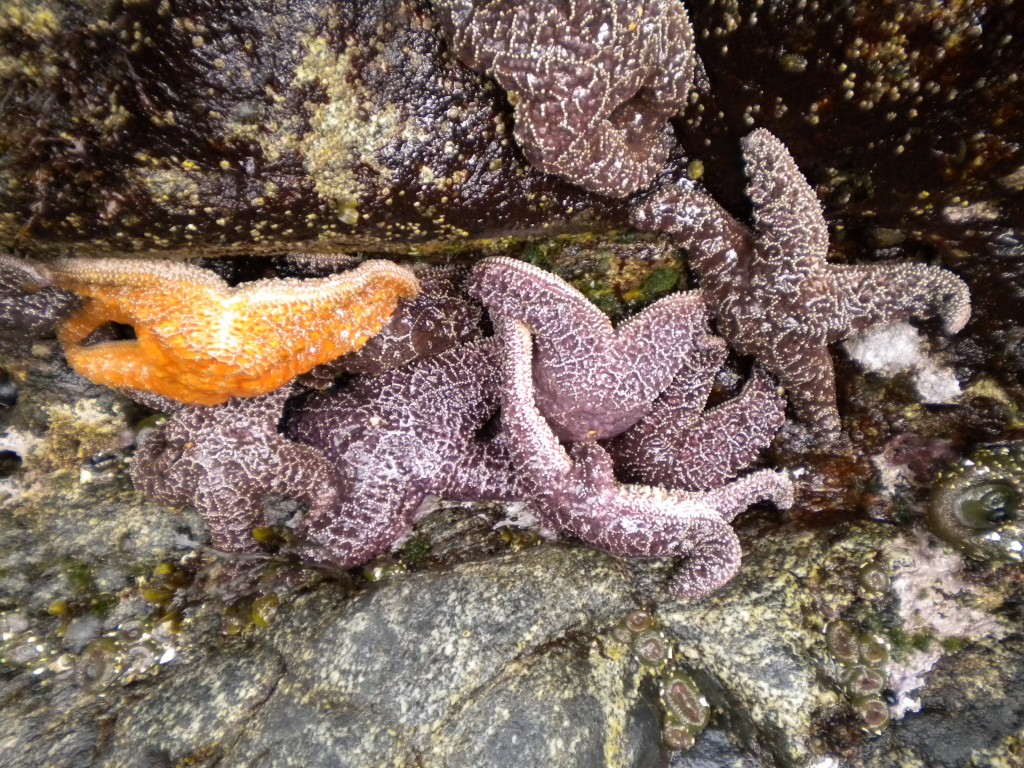
Photograph: Lionel & Heidi (statelyenglishmanor) on flickr
With the second part of season four of The Walking Dead premiering next week, It has got me thinking whether or not it is possible for someone to have similar characteristics of those we see in zombies: lifeless, brainless, and decomposing.
Ever feel like you’re dead? Or imagine that you’re decomposing? If so, you might be suffering from Cotard syndrome. Cotard syndrome (or Cotard’s Delusion, also literally known as Walking Corpse Syndrome) – named after Dr. Jules Cotard (1840-1889) was a Parisian neurologist who discovered this rare neurological condition in which one believes that they have lost their organs, blood body parts, or their soul, making them believe that they are dead.

Photograph: Sam Howzit on Flickr
“When I was in hospital I kept on telling them that the tablets weren’t going to do me any good ’cause my brain was dead. I lost my sense of smell and taste. I didn’t need to eat, or speak, or do anything. I ended up spending time in the graveyard because that was the closest I could get to death.”
A British man named Graham woke up one day and believed he was dead. The syndrome was agitated by severe depression (anxious melancholia) when he tried to take an electrical appliance with him to bath. He sought medical attention, and told the doctors that his brain did not exist anymore when he attempted suicide previously. The doctors found it hard to rationalize, as he was still breathing, talking and living. However it was different story on Graham’s end, he stopped wanting to talk to people, stopped wanting to eat, didn’t want to see people, didn’t find pleasure doing anything, even his addiction to cigarettes did not interest him anymore. It was a shock to the doctors that despite his intellect and his ability to talk and converse, his PET scans revealed that there was little to no activity in Graham’s frontal and parietal brain, this resembled that of someone in a vegetative state – talk about being the “walking dead.”

Graph produced by Cynthia Lung based on information from study by Charland-Verville et al., 2013: Read related article here
Not to worry, the Cotard Syndrome an extremely rare malfunction of the fusiform gyrus, a part of the brain that recognizes the face and the amygdala, a set of neurons that are shaped like an almond that process your emotions. Usually this syndrome targets people of an older age, however there are at least 7 other journal recorded incidences that resemble the Cotard Syndrome. The combination malfunction of these two processes make the person feel really disconnected with reality. Currently there is no real cure to this syndrome treatment, the way to combat this would be to focusing on the symptoms of depression and loss of meaning to life with anti-depressants and anti-psychotics.
– Cynthia Lung

















